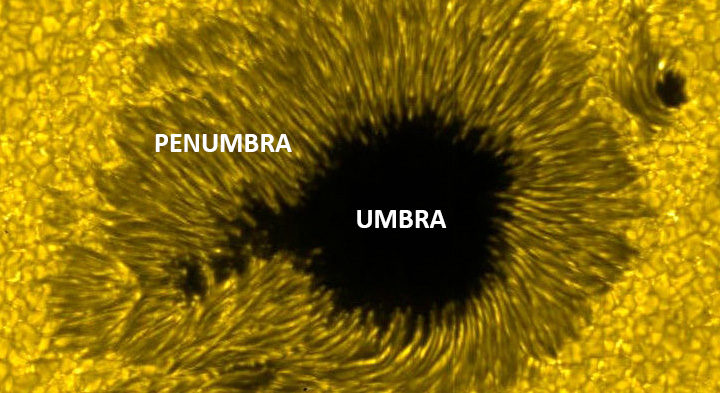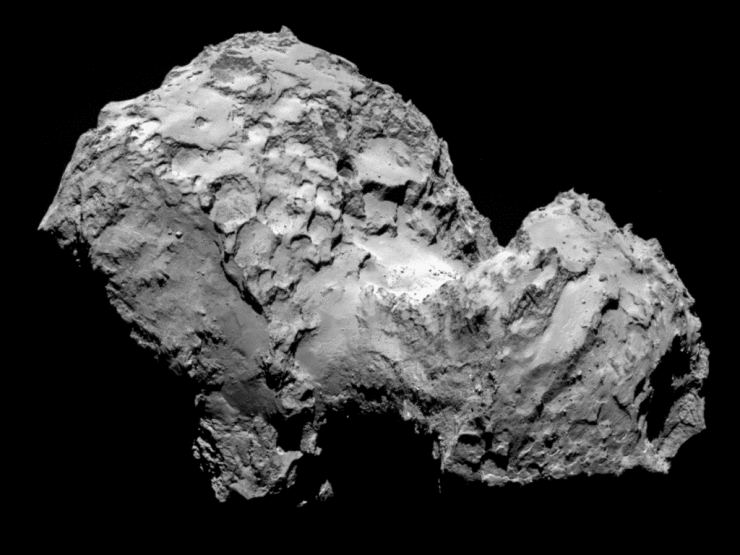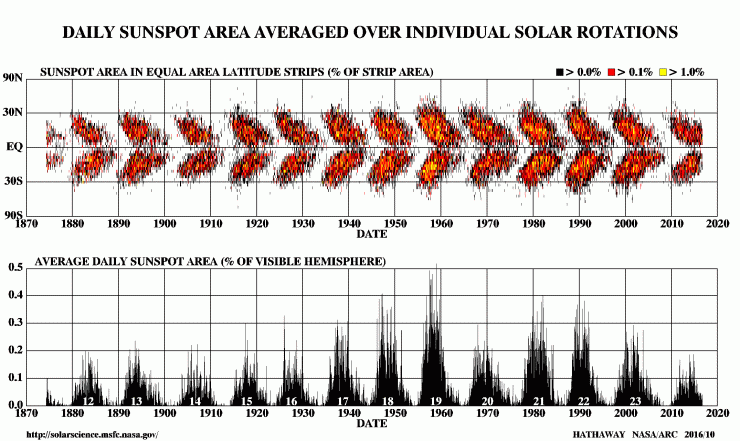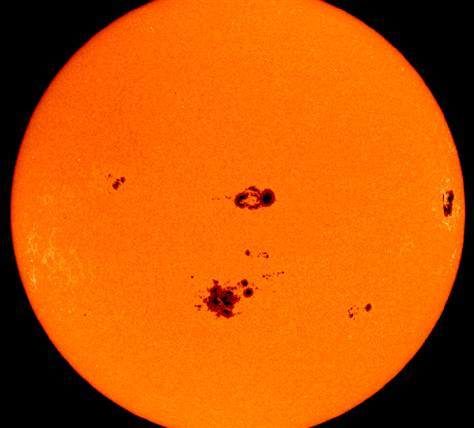
The > 3,000 Kreutz sungrazers are unique in ways that were not known until 2014, when the Rosetta mission approached and orbited 'comet' 67P C-G. Although this body emitted a few streaks of gas, it was never visible from Earth, except by powerful telescopes and thousands more are circulating unobserved. The belief that it was just water ice, because of its low density 0.5 g/cm3, the popular image of 'comets', was disproven when Rosetta's 200 lb. lander Philae, equipped with spikes that were supposed to penetrate the ice and become locked on the surface, failed to penetrate and Philae bounced off the surface. This is the same tough stuff that comprises all asteroids. Rosetta images of 67P belie its low reflected radiance, only 4% of the incident light. The brightness of the Kreutz tails as they approach the Sun are used to estimate their mass, assuming they are pure water ice, and when they become invisible the 'comet' is imagined to have been consumed before impact. But they all have the same composition as 67P, which is obviously much tougher than water ice. That assumption leads to estimates of their diameters of several meters. However, 67P, was measured to be about 4 km in diameter. Images acquired by Rosetta show only a few thin streams of vapor - nothing like what would produce a large tail.
Another pertinent factor about the 3,000+ Kreutz sungrazers is that not a single one survived their close encounters with the Sun. This is well illustrated by a NASA video constructed using data from several Sun staring satellites. Despite this, astronomers claim that these 'comets' are not the cause of sunspots, because of their estimated size. Attempts to explain their origin as the result of the break-up of large comets thousands of years ago are futile, since all the fragments would be placed in different orbits. The 3,000 Kreutz sungrazers in exactly the same orbit dismisses this argument.
Cyclic Catastrophism
CC explains the origin of all asteroids, except those that pass close to the Earth, as having been formed from an enormous plasma plume at the site of an impact 6,000 years ago, out of which the still-hot Venus was born. The site of the impact is still present on Jupiter, 50,000 km east of the great Red Spot. Because the impact was at 22 degrees S Lat. all of the material ejected in this plume went into inclined orbits. Thus all the asteroids that formed from it are the ones still in inclined orbits.

Because of the rapid rotation of Jupiter, every eight or nine hours, the plume shot material throughout the entire solar system for almost 6,000 years. A conservative estimate of one asteroid per hour over only 5,000 years would be (5000 years x 24 x 365) gives ~44 million asteroids, but the splatting into larger sizes, like Pluto, and many impacts on the outer planets has decreased the number. The rapid rotation of Jupiter combined with the velocity of the ejection plus the orbital velocity of Jupiter, when combined, was sufficient to eject bodies into the outer solar system, many bombarding Saturn, Uranus, Neptune and Pluto, but when the rotation of the plume site was opposed to the orbital velocity, the asteroids would be directed into the inner solar system. At one such moment in each rotation, three per Earth day for 5,000 years (5.5 million), a potential Kreutz sungrazer was launched. Fortunately, they were launched well south of the ecliptic, passing 'below' the Earth (ecliptic) on the way to the Sun and 'above' the Earth on their return. This explains the unique inclinations of the Kreutz sungrazers, between 144 and 139 degrees. The velocity imparted by the fast rotation of Jupiter when the plume was directed toward the Sun ejected the sungrazers into retrograde orbits, but general relativistic effects undoubtedly have had a strong effect on their orbits because of their proximity to the Sun.
As their original orbits have decayed they continuously approach the Sun. The 11 year periodicity of the sunspots matches the orbital period of Jupiter, meaning that the orbits of the many potential sungrazers were offset from the Sun due to the eccentricity and inclination of Jupiter's orbit. The butterfly diagram (Figure 3.), in which each period begins at high latitudes and progresses toward the equator shows the influence of the Jupiter's inclination throughout its orbit. The symmetry in north and south incidence is due to the perihelion point being close to the ecliptic. Approaching sungrazers hit in the south latitudes of the Sun while those which pass through perihelion cross the ecliptic and hit at comparable north latitudes.
The primary reason for the current interpretation of the sunspots as coming from within the Sun is the result of the sunspots being magnetically polarized, based on the spectrum of iron in their umbras. This is due to the fact that the sungrazers became permanently magnetized when they formed near Jupiter. Thus, as they approach the Sun they become oriented opposite to its existing magnetic field. This is why the magnetic field of the Sun becomes reversed at the maximum, because the opposing flux of the incident asteroids overcomes the existing field. This shows that the magnetic field of the Sun is only a superficial aspect, which, when the sungrazers peter out, will disappear. Sunspots are not clean and well defined. Each one is surrounded by many smaller ones due to particles which broke off as it entered the thicker solar atmosphere. Also the axis of circulation of the magnetic field-generating particles is several tens of degrees away from the actual rotation of the Sun. A recent paper reveals that despite the variability of the intensity of sunspots from cycle to cycle, the solar radiation between cycles has remained unchanged over the last ten cycles.
The more obvious indications of the sungrazer impacts are that the material in the umbras of sunspots are moving downward into the Sun at 30,000 km/hr and large amounts of both water and iron are detectable within them and nowhere else in the photosphere, the bright surface of the Sun.
If you are unaware, you are unaware of being unaware
Leon Festinger Theory of Cognitive Dissonance 1957





Reader Comments
[Link]
And if, as the folks at the Thunderbolts Project point out, "electric phenomenon are scaleable to 14 orders of magnitude." Then shouldn't it be possible to create a gigantic 'sun like' magnetic field by simply swirling a few ounces of magnetized iron filings in the same 'pattern' as the trajectory of the sungrazers?
It does seem possible that the sungrazers & sunspots are related... but having the sungrazers as the primary cause does not.
The shapes of the objects is almost always the same: potato or in two parts, but connected by a neck.
Gravity used to calculate the mass? Sorry, that is not possible! Galileo laid that one to rest when dropping two objects of the same shape but different masses from Pisa. The effect of gravity varies as the square of the distance, thus the area of the bodies, facing one another, not the volumes nor the weight/mass!
The approach of these grazers does cause EMF reaction from the star. But that is not the cause of sunspots. The CME is then the source of new grazers. Good description by author of how they are formed.